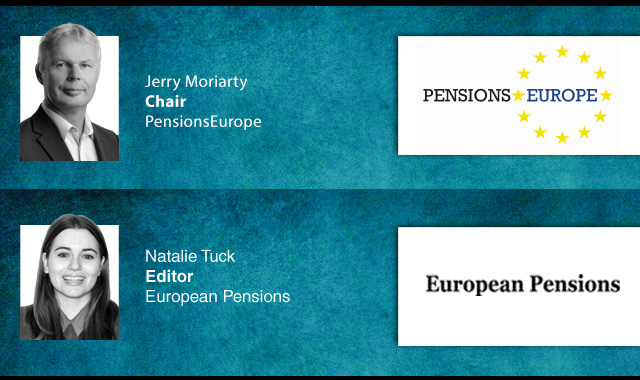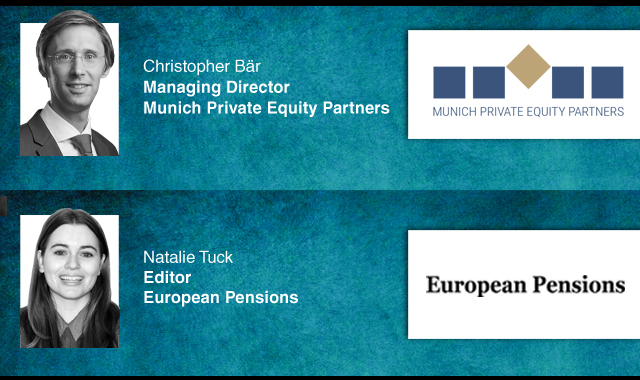Better Finance director of communications, Arnaud Houdmont, discusses the reforms that he says could dramatically improve outcomes for Belgian pension savers, warning that whilst Belgium’s pension system is not broken, it is underperforming
Across Europe, we are living longer and having fewer children. This demographic shift isn’t just a statistic; it is a ticking time bomb for retirement security. In Belgium, as elsewhere on the continent, the question is no longer hypothetical: Will you be able to afford to retire?
The latest report from Better Finance, combined with decades of scrutiny of Belgian pension products, paints a mixed picture. On the one hand, the system works. On the other hand, it underperforms.
Belgium’s pensions follow the familiar multi-pillar structure: The public pay-as-you-go pension (pillar one), occupational pensions (pillar two), voluntary private pensions (pillar three), and individual savings (pillar four). On paper, it looks robust. In practice, inefficiencies, high costs and conservative investment strategies hold it back.
Pillar one replaces roughly 61 per cent of pre-retirement earnings, slightly below the Organisation for Economic Co-operation and Development (OECD) average. Add in occupational pensions, and the replacement rate rises to 74 per cent, ahead of France and Germany, yet trailing the Netherlands and Luxembourg. Its progressive design shields lower earners from old-age poverty. Yet demographic trends and fiscal pressures mean it is not guaranteed to remain sustainable.
The growth bottleneck
Occupational pensions cover an impressive 85 per cent of Belgian workers, yet most funds are trapped in ‘Branch 21’ life insurance products; capital-guaranteed, bond-heavy, and notoriously low-yielding. Branch 23 products are expensive and rare.
The result? Net real returns hover at 1-2 per cent per year, far below what a more dynamic, equity-oriented strategy could deliver.
Consider Sweden’s AP7 Såfa fund, for example. By investing heavily in global equities and gradually switching to bonds as retirement nears, it has produced real net returns exceeding 400 per cent over 24 years. The key? Life-cycling, global diversification, and minimal costs. In Belgium, by contrast, a culture of ‘safety first’ has ironically made long-term savings riskier: Low-yield bonds cannot preserve purchasing power over decades.
So, in short, the challenges for Belgian pensions are:
Opacity: Most Belgians have little idea how their pensions perform. While mypension.be offers basic public pension projections, occupational and voluntary plans remain shrouded in complexity.
Conservative asset allocation: Branch 21 dominance locks savers into low returns.
High costs: Fees, insurance charges, and unnecessary guarantees erode wealth over decades.
Inflation risk: Even modest inflation can silently sap the value of low-return pensions.
And what can be done about these? Policymakers should mandate clear reporting, encourage equity exposure, and foster competition through low-cost, innovative products like the Pan-European Personal Pension Product (PEPP).
Employers must review providers, prioritise performance and value, and educate staff about the trade-off between risk and return. Individuals should demand transparency, explore low-cost global index funds, and use pillar four savings to diversify and supplement underperforming plans.
A system at a crossroads
Belgium’s pension system is not broken, but it is underperforming. Modest reforms in transparency, investment strategy, and cost management could dramatically improve outcomes for savers. The question is whether Belgium will act before the next generation of retirees is forced to ask the hardest question of all: Will I be able to afford to retire?
Latest News
-
IAPF calls for guided retirement pathways to prevent ‘significant barrier’ of ISD
-
Velliv reports strong year-end returns amid improved market sentiment
-
Three trends reshaping pension systems worldwide - ETK
-
Denmark’s PFA completes DKK 40bn investment switch
-
News in brief: 12 December
-
NBIM ‘all-in on AI’ as it publishes updated strategy
Podcast: Stepping up to the challenge

In the latest European Pensions podcast, Natalie Tuck talks to PensionsEurope chair, Jerry Moriarty, about his new role and the European pension policy agenda
Podcast: The benefits of private equity in pension fund portfolios

The outbreak of the Covid-19 pandemic, in which stock markets have seen increased volatility, combined with global low interest rates has led to alternative asset classes rising in popularity. Private equity is one of the top runners in this category, and for good reason.
In this podcast, Munich Private Equity Partners Managing Director, Christopher Bär, chats to European Pensions Editor, Natalie Tuck, about the benefits private equity investments can bring to pension fund portfolios and the best approach to take.
In this podcast, Munich Private Equity Partners Managing Director, Christopher Bär, chats to European Pensions Editor, Natalie Tuck, about the benefits private equity investments can bring to pension fund portfolios and the best approach to take.
Mitigating risk
BNP Paribas Asset Management’s head of pension solutions, Julien Halfon, discusses equity hedging with Laura Blows
© 2019 Perspective Publishing Privacy & Cookies





Recent Stories